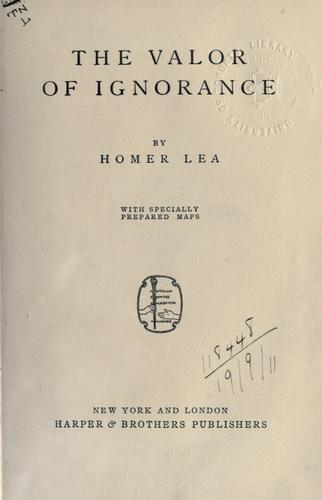
Chatbot's answer:
The motion picture "Battleship Potemkin" holds significant significance in Russia under the Putin regime in 2022 due to its portrayal of revolutionary ideals and the struggle against oppression. In a time when political opposition is heavily suppressed and the government exercises strict control over media and information, the film's message of rebellion and resistance resonates with those who seek change and freedom.
Furthermore, the film's depiction of the 1905 mutiny on the Potemkin serves as a reminder of the power of the people to rise up against injustice. This message is particularly relevant in a country where corruption and human rights violations are widespread, and where the government often ignores the voices and needs of its citizens.
Additionally, "Battleship Potemkin" serves as a reminder of Russia's rich cultural and artistic history, and its ability to produce powerful and impactful works that continue to inspire and inspire generations. In a time when the government often promotes a narrow, nationalist narrative, the film serves as a counterpoint and a reminder of the country's diversity and creativity.
Overall, "Battleship Potemkin" holds significant significance in Russia under the Putin regime in 2022 due to its portrayal of revolutionary ideals, its reminder of the power of the people, and its celebration of Russia's rich cultural and artistic heritage.









